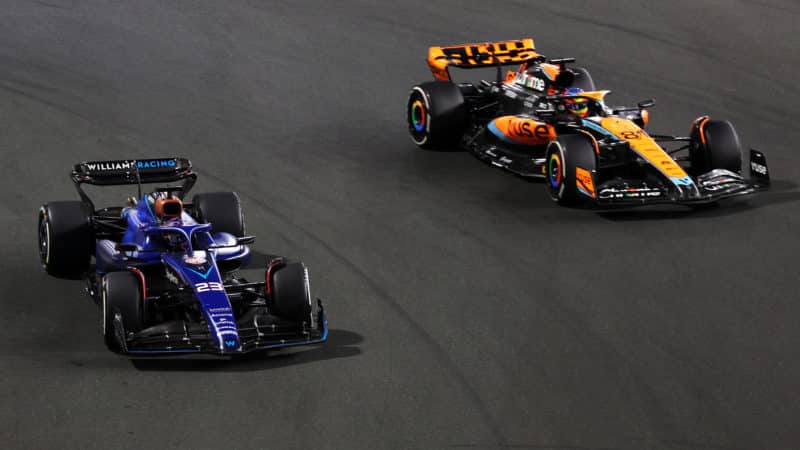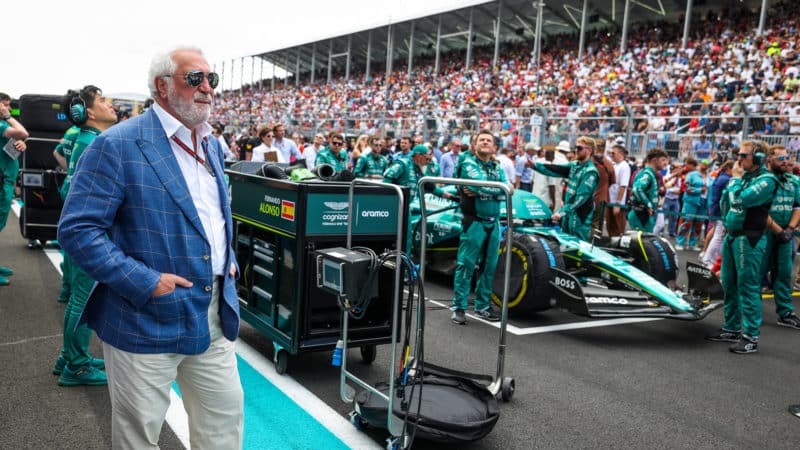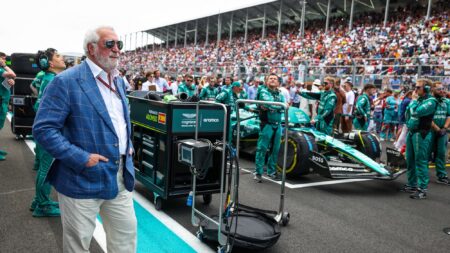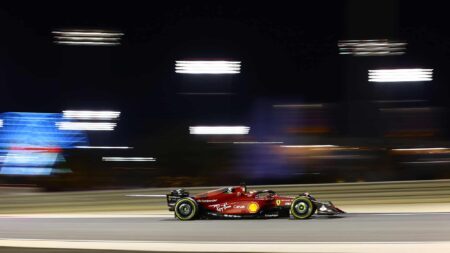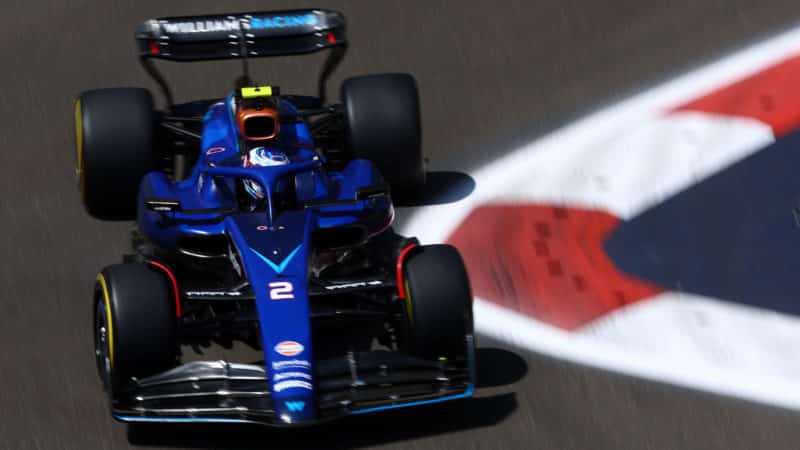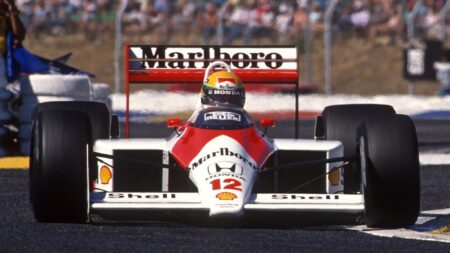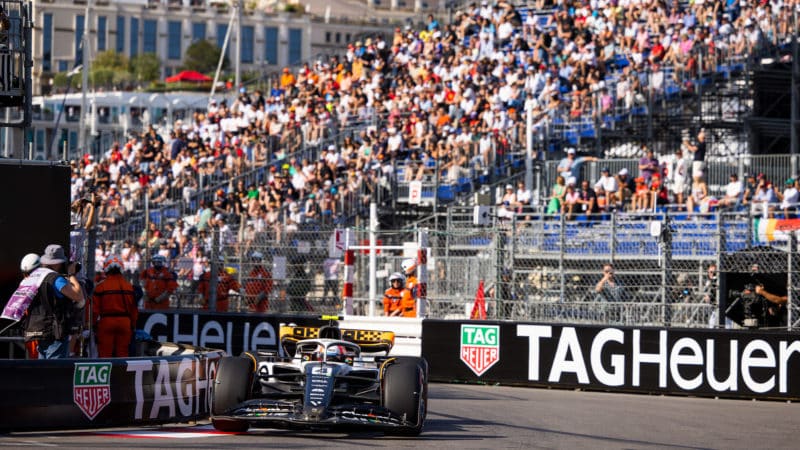Now the benefits of having an engine partner are more related to the layout of the power unit and its associated systems. And in 2026, with the electrical element becoming more significant, the complexity of the new generation of PUs will mean that seamless integration of the chassis and engine operations will be more important than ever.
Aston Martin boss Mike Krack flags that as a key consideration in the Honda deal.
“If you look at the 2026 PU regulations, and the chassis regulations that will be derived from them, and there have been some workshops or some working groups already since I think February last year, it shows that you have to be fully integrated,” says Krack.
“Or more and more integrated with with your PU to design the right chassis for these regulations.
“And this is something that if you have a works team, or works agreement, that you’re just more open, you can have much more information earlier, with regards to energy management, which aero configuration you have to run to set the correct targets. And this is just a big asset or a big advantage for these new kinds of regulations.”
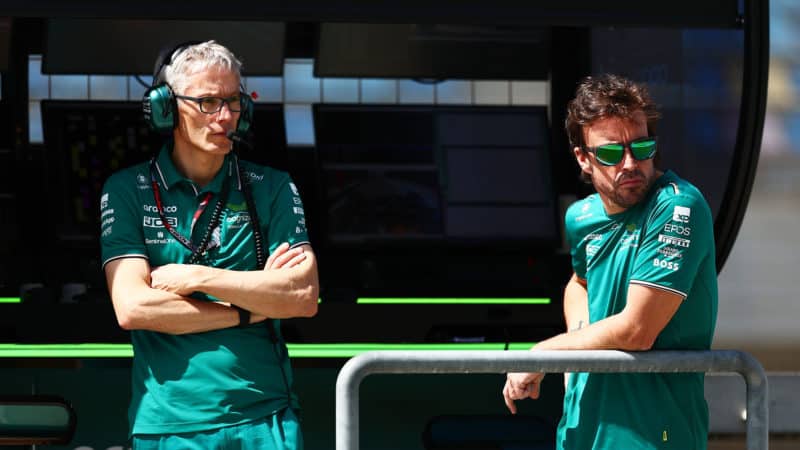
Works engine is key for more complex 2026 regs, says Krack (left)
Getty Images
Krack acknowledges that Honda will have an involvement in the chassis, albeit within the restrictions of the cost cap.
“I think it is unavoidable. I alluded to it; the 2026 regulations are another step in complication. And I think it’s mandatory that you have a very intense exchange between the PU and chassis side, and fuel and lubricant side, because this is another added factor.
“So from that point of view, I think it’s very important that we try to have as intense integration as possible. Because we cannot any more in ’26 develop a chassis and then fit an engine to it, and hope that we will sort it out. It’s too complex.”
